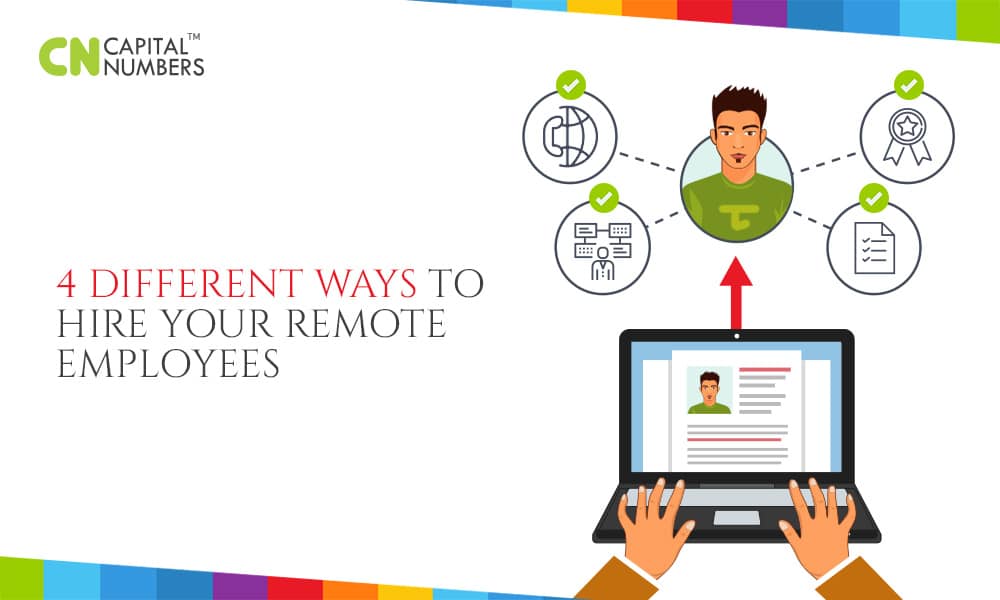Four Different Ways to Hire Your Remote Employees
Table of Contents
Making the decision to take on more remote hires to work for your company is the easy part. The more difficult part is setting your newfound strategy into motion. You’ll need to make sure that you have an efficient team that works well and your company continues to progress. In addition, you’ll need to seamlessly integrate the freelancers into your existing setup and maybe, phase out the in-house workers to save on the costs and resources. Accordingly, it is essential to follow a systematic process to make sure that the changes you intend to integrate don’t hamper the company operations. Here’s how to go about it.
Work out Your Requirements
The first step to work out is what you expect to gain from this organizational makeover. You also need to make sure you have a plan in place on how to go about it. No doubt, you’ll be saving on expenses and office overheads, but you also need to work out the new team details carefully, such as:
- Plan how you will communicate with your freelancers. Chances are that you’ll be hiring talent from all over the world. Thus, you need to have the necessary apps, equipment, and communication schedules.
- Consider how you’ll maintain quality standards and ensure that your remote hires understand your company workings and its culture.
- You might have to inform your stakeholders about the changes you’re implementing. Work out the business proposal you’ll present to them.
- In case, your clients are likely to be affected by the new hires, inform them in advance what to expect. You might need to reassure them that business will continue as usual.
Find the Remote Hires
You can find the remote talent you need from many sources. Of course, the best way is to look for referrals from other people in your line of business. You could also consider hiring through agencies or looking for recruitment companies that can find you the personnel you need. Many online portals put you in touch with freelancers from all around the world. Check for reviews for past clients when making your choice.
Once you’ve narrowed down your candidates, conduct interviews via chat apps. By interacting with them and asking questions, you should be able to find the remote hires that are capable of delivering what you need. Since you’ll be working with them over the internet, they should be capable of working with computers and other necessary tools. Ask yourself if you would hire the candidate for an in-house job and you’ll know if he is right for the post.
Find Out Everything You Can
Just as you would conduct background checks for in-house employees, do the same with your remote hires. Ask for samples, portfolios, and verbal and written referrals from past employers. You could also conduct trials. Assign a task to two or more candidates and assess them by way of the work they deliver and their performances. Pick the one with the best quality. Aside from performances, you’ll also need to evaluate their personalities. Look for people who are willing to learn and contribute outside of the job scope. Proactive and dynamic people can always prove to be asset for your company.
Evaluate Business Conditions After a Time
Having changed the model of how you run your operations, you might need to conduct a performance review after a fixed time. Assess and evaluate if the changes are advantageous and your company is performing better. If you find that this model is not working for you, it’s perfectly reasonable to go back to working as you used to.
Working with remote hires is a great strategy, but there are many companies out there that operate better with in-house employees. Choose the business model that matches your company best and go with it. The success of your enterprise depends on it.














